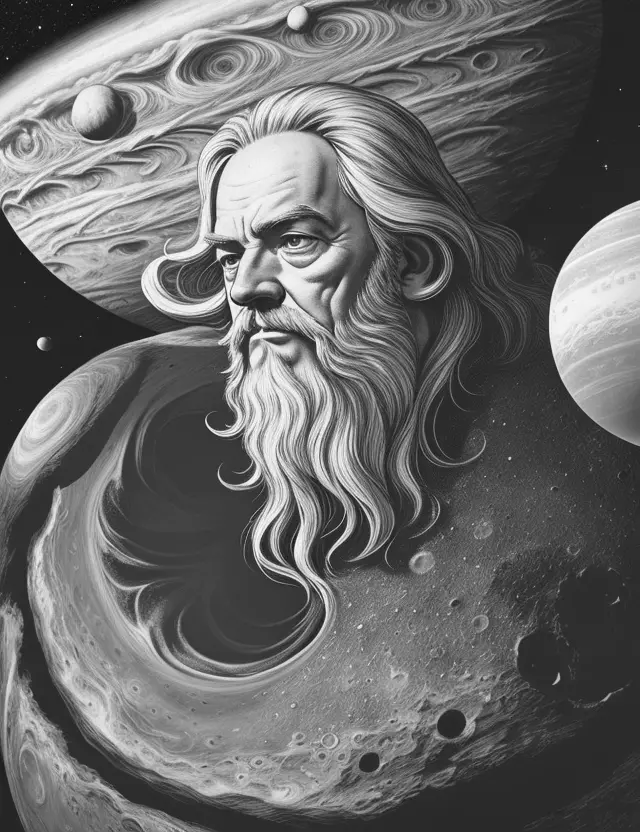Galileo's Discovery of the Galilean Moons
January 7, 1610

Galileo's Discovery of the Galilean Moons
On January 7, 1610, the renowned astronomer Galileo Galilei made a groundbreaking discovery that would reshape our understanding of the solar system. Galileo turned his telescope toward Jupiter and identified four of its largest moons, a revelation that marked a pivotal moment in the history of astronomy.
The Galilean Moons
The four moons discovered by Galileo are now collectively known as the Galilean moons. They are Io, Europa, Ganymede, and Callisto. These moons are among the largest objects in our solar system and played a crucial role in confirming the heliocentric model proposed by Copernicus.
Impact on Astronomy
Galileo's observation of the Galilean moons provided direct evidence of celestial bodies orbiting a planet other than Earth. This discovery challenged the prevailing geocentric view and supported the heliocentric model, which posited that planets orbited the Sun. Galileo's work laid the foundation for the field of observational astronomy.
Revolutionizing Our Understanding
Galileo's groundbreaking discovery not only expanded our knowledge of Jupiter and its moons but also revolutionized the way we perceive the structure of the solar system. The Galilean moons became key subjects of study, providing valuable insights into planetary systems beyond Earth.
Legacy of Exploration
Galileo's legacy extends to the realm of space exploration. Subsequent missions, including those by spacecraft like the Galileo orbiter, further studied Jupiter and its moons, deepening our understanding of these celestial bodies and their significance in the cosmos.
Celebrating the Discovery
January 7th marks the anniversary of Galileo's momentous discovery of the Galilean moons. Astronomers and enthusiasts alike celebrate this date as a testament to the power of observation and the continuous exploration of the wonders of the universe.



